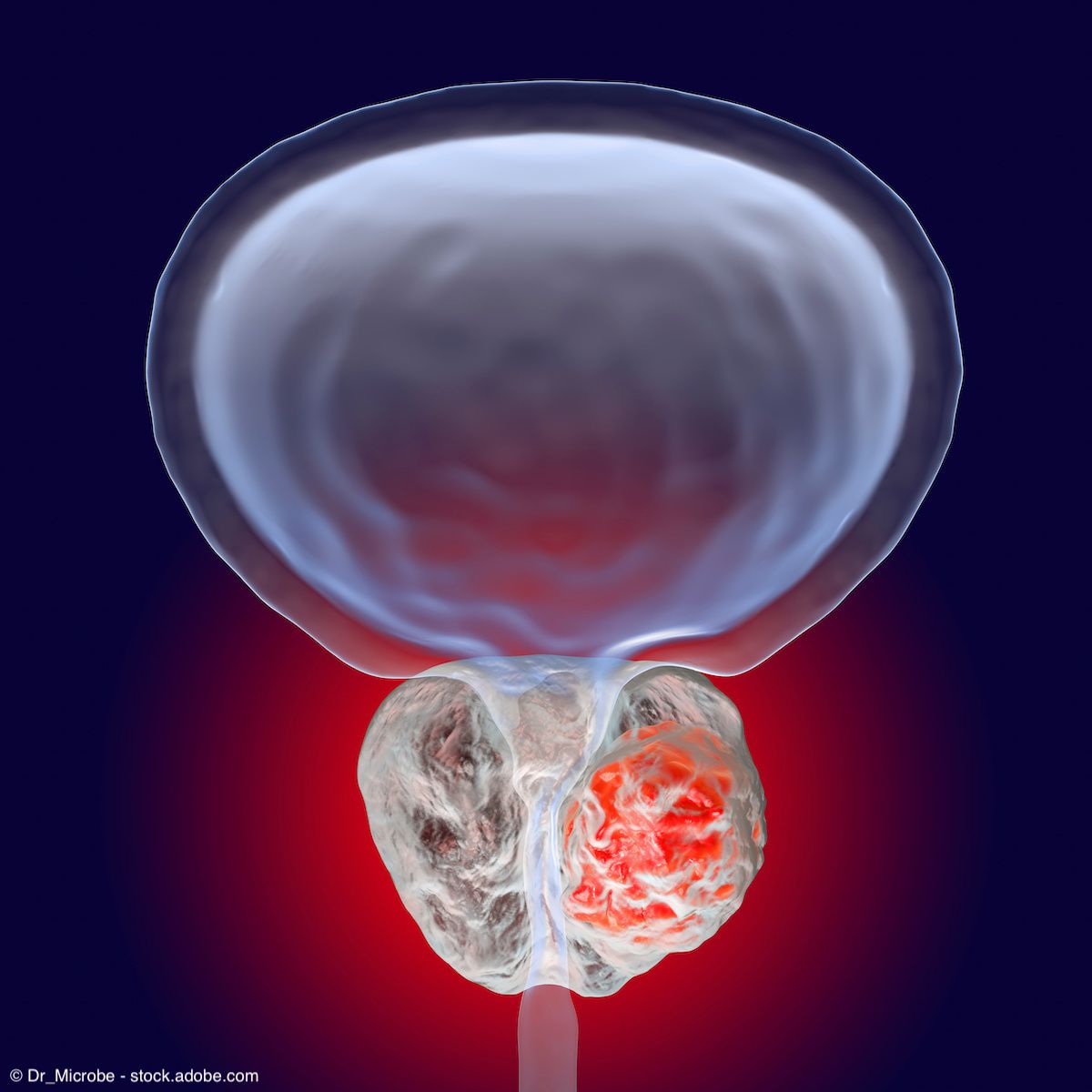Opinion
Video
Researchers identify markers of enzalutamide resistance in prostate cancer
Author(s):
"We hope that this study will build a roadmap to personalized therapeutic advice for patients with advanced prostate cancer and potentially will improve their quality of life and outcomes," says Antonina Mitrofanova, PhD.
In this video, Antonina Mitrofanova, PhD, shares findings from the Nature Communications study “Mechanism-centric regulatory network identifies NME2 and MYC programs as markers of Enzalutamide resistance in CRPC.” Mitrofanova is an associate professor in the department of Biomedical and Health Informatics and associate dean for Research at Rutgers School of Health Professions in Newark, New Jersey.
Transcription:
Please describe the background for this study.
This research focuses on castration-resistant prostate cancer. Specifically, we tackled the problem of resistance to enzalutamide [Xtandi], which is a second-generation androgen deprivation therapy that is commonly administered to patients with castration-resistant prostate cancer. The backbone of this work was a new computational algorithm. We developed an algorithm that built a mechanism-centric regulatory network for castration-resistant prostate cancer. In this network, nodes are not genes or individual entities; they're whole mechanisms. So for this problem, the network includes molecular pathways, and they have upstream transcriptional regulatory mechanisms. These mechanisms' neutrality really allowed us to not only identify functional relevant biomarkers for castration-resistant prostate cancer, but also predict effective therapeutic targets for this disease.
What were some of the notable findings? Were any of them surprising to you and your coauthors?
These mechanism-centric methods identified a cooperation between the MYC molecular pathway and its upstream transcriptional regulatory program NME2, which means that patients that have elevated levels of MYC and NME2 are at a high risk of developing resistance to enzalutamide. We validated this finding using in vitro and in vivo experimental systems, through our collaboration with Northwestern University with Sarki Abdulkadir and Vishal Kothari, and also demonstrated that therapeutic targeting of MYC and NME2 was beneficial in settings where patients are at high risk of developing resistance to enzalutamide. What was interesting and surprising to us is that in enzalutamide-resistant conditions, therapeutic targeting of MYC and NME2 mechanisms re-sensitized systems to enzalutamide, thus prolonging and extending enzalutamide effectiveness.
What are the next steps for this research?
Our ultimate goal is a clinical trial. We're really hoping that we will be able to bring these discoveries closer to patients and build a roadmap of personalized therapeutic advice for each and every patient with advanced prostate cancer.
What is the take-home message for the practicing urologist?
The message for practicing urologists is threefold. First of all, MYC and NME2 could be utilized as biomarkers to identify patients at risk of developing resistance to enzalutamide. Second, these patients would benefit from therapeutic targeting along the MYC axis, in addition to traditional androgen receptor signaling inhibitors, and finally, patients with failed enzalutamide could be rescued through therapeutic targeting of MYC and its partners.
Is there anything you would like to add?
We hope that this study will build a roadmap to personalized therapeutic advice for patients with advanced prostate cancer and potentially will improve their quality of life and outcomes.
This transcription was edited for clarity.




